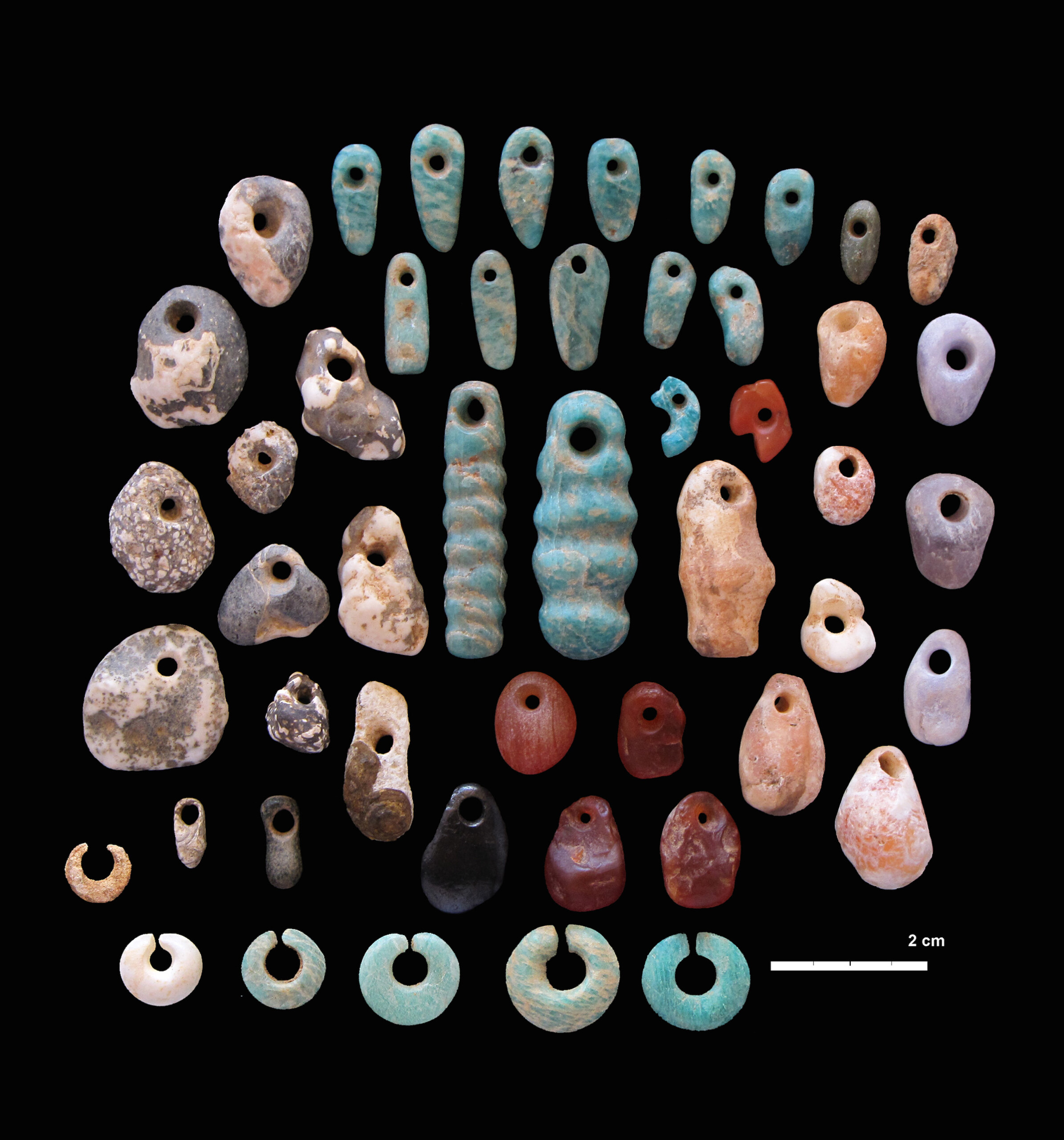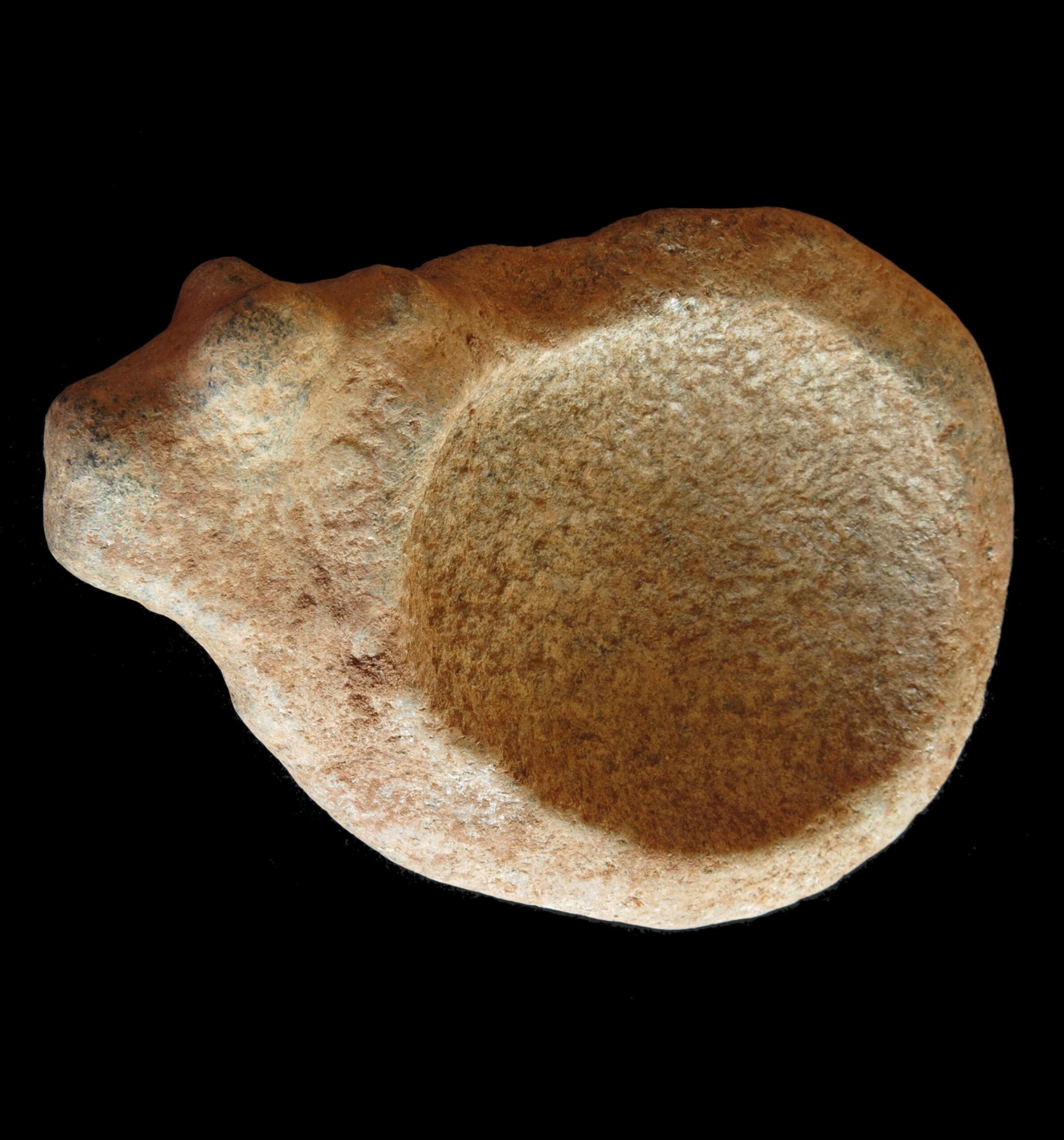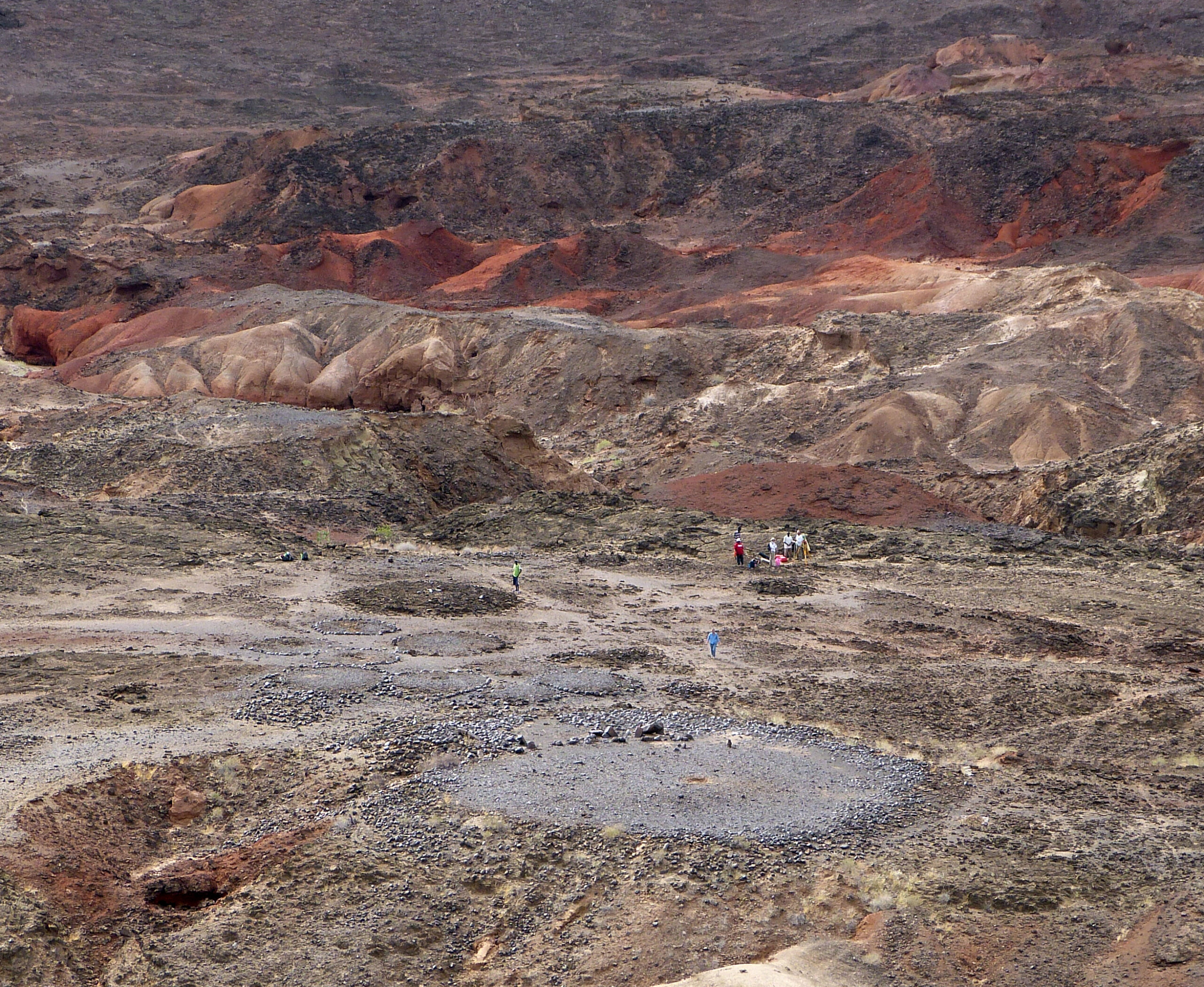A groundbreaking study has found the earliest and largest monumental cemetery in eastern Africa built 5,000 years ago by early pastoralists living around Lake Turkana, Kenya. This group is believed to have lived without major inequalities and hierarchies, contradicting long-standing narratives about the origins of early civilizations. The study, led by Elisabeth Hildebrand, PhD, Department of Anthropology at Stony Brook University, will be published in the Proceedings of the National Academy of Sciences.
The Lothagam North Pillar Site was a communal cemetery constructed and used over a period of several centuries. A platform 90 feet (30 m) in diameter held a large cavity in its center. There, an estimated minimum of 580 individuals were placed close together. Men, women, and children were typically buried with elaborate personal ornaments. Eventually, burial activities ceased and herders capped the entire platform with stones.
Historically, archeologists researching settled agricultural societies have found that large groups of people built permanent monuments as reminders of shared history, ideals and culture. These ancient monuments have previously been regarded as reliable indicators of complex societies with emerging elites and social classes. However, the Lothagam cemetery was constructed by mobile pastoralists and carries no evidence for hierarchy; it therefore requires alternative models for the relations between monuments and social change.
Image gallery
The discovery has prompted researchers to examine similar examples elsewhere in Africa and on other continents, and has the potential to reshape global perspectives on how – and why – large groups of people come together to form complex societies. In this case, it appears that Lothagam North’s architects faced highly uncertain environments as Lake Turkana shrunk by 50%, and grappled with economic and social instability as herding took hold. Early herders may have constructed the cemetery to provide a stable landmark on a shifting landscape.
“The Lothagam North Pillar Site is the earliest known monumental site in eastern Africa built by the region’s first herders,” said Elisabeth Hildebrand, PhD, in the Department of Anthropology at Stony Brook University. “This finding makes us reconsider how we define social complexity, and the kinds of motives that lead groups of people to create public architecture.”
Significant findings include:
- With an age of around 5,000 years, Lothagam North Pillar Site represents the earliest known monumental site in eastern Africa; it was built by the region’s first herders as rainfall decreased and Lake Turkana receded.
- Over a period of several centuries, people buried an estimated minimum of 580 individuals – from infants to elderly and including both men and women – within a large mortuary cavity in the center of the platform. This constitutes one of the earliest known cemeteries in eastern Africa.
- The monuments may have served as a place for people to congregate, renew social ties, and reinforce community identity. Information exchange and interaction through shared ritual may have helped mobile herders navigate a rapidly changing physical landscape.
- Personal adornments occur with nearly all individuals and were not restricted to any sex or interment type. More than 300 vibrantly colored stone and mineral beads were found in diverse forms, showing that these people had a keen aesthetic sense. Making beads and other ornaments would have been time-consuming, and their variation in form demonstrates creativity and individual style.
- Burials were tightly packed within the mortuary cavity, and their arrangement was not suggestive of ranking or social priority. This, together with diverse forms of personal ornamentation, suggests that the pastoralists who built Lothagam North did not have strong social hierarchies.
The Turkana Basin Institute, a component of Stony Brook University, is an international research institute to facilitate research and education in paleontology, archaeology and geology in the Turkana Basin of Kenya. The goals of the institute include building and maintaining two field research facilities surrounding Lake Turkana that will operate all year and support research and educational activities, including field schools.
Co-authors of the study include:
Elisabeth A. Hildebrand, Elizabeth A. Sawchuk, and John. J Shea, Department of Anthropology, Stony Brook University, Katherine M. Grillo, Department of Anthropology, University of Florida, Susan K. Pfeiffer, Department of Anthropology, University of Toronto, Lawrence Conyers, Department of Anthropology, University of Denver, Emmanuel Ndiema, Purity Kiura and Cecilia Ngugi, National Museums of Kenya, Steven T. Goldstein and Anneke Janzen Department of Archaeology, Max Planck Institute for the Science of Human History, Austin Chad Hill, Department of Anthropology, Dartmouth University, Carla E. Klehm, Department of Anthropology, University of Colorado Boulder, Mark Helper, Jackson School of Geosciences, University of Texas, and Hong Wang, State Key Laboratory of Loess and Quaternary Geology, Institute of Earth Environment, Chinese Academy of Sciences, Xian, Shaanxi 710061 PRC.
Media coverage:
Proceedings of the National Academy of Sciences:
A monumental cemetery built by eastern Africa’s first herders near Lake Turkana, Kenya
Stony Brook University News:
Archaeologists Reveal Massive Ancient Cemetery Near Lake Turkana, Kenya
The Guardian:
Kenya burial site shows community spirit of herders 5,000 years ago
New York Times:
Ancient Burial Pits Reveal Sophisticated Rituals
National Geographic:
Ancient Riches Discovered at Mysterious Burial Monument
New Scientist:
5000-year-old monument was built by a society without leaders
Washington Post:
This ancient burial ground tells a story of unity in a time of climate chaos
Science X:
Researchers discover massive monumental cemetery built by Eastern Africa’s earliest herders in Kenya
Independent:
Massive ancient cemetery built by early herders unearthed in Kenya
This post is adapted from materials provided by Elisabeth Hildebrand and the Later Prehistory of West Turkana project.








